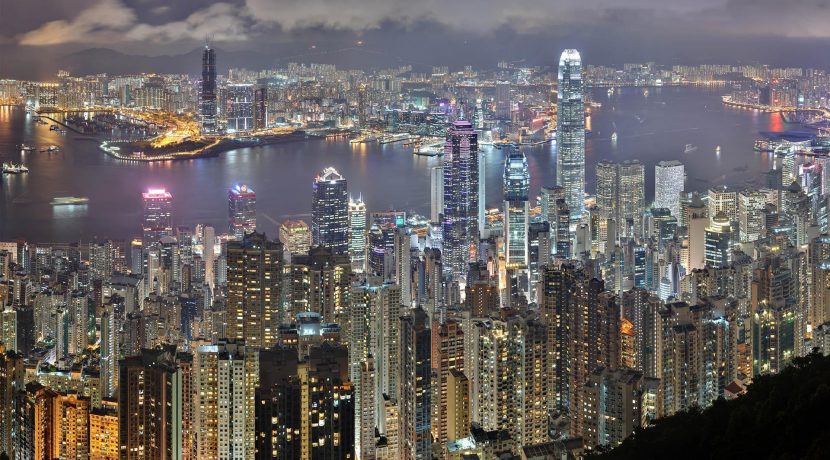Reading the history of many of the world’s iconic cities leads to conclusions about how each of these developed into global centres. For example, in the case of New York, it becomes fairly obvious that the city achieved the pinnacle of success because of repeated periods of financial innovation.
Wall Street, that bastion of capitalism, itself orchestrated the transition of the rest of the world to a market-based economy, and in the process fuelled New York’s growth. Los Angeles rose to be a major metropolis on the back of Hollywood and the mirage factory. San Francisco became the epicentre of technology.
In the case of Dubai, an example of a city that literally rose from the desert, architecture and real estate have been the bedrock of its growth, even as it has been pivotal in acting as a catalyst for spurring growth in other sectors, ranging from tourism to logistics and finance.
The range of industries that this core activity supports — from brokers to developers, architects and engineers — in turn supports high-street retail, fuels banking as well as attracts legions of tourists who stand enraptured at the latest architectural wonder the city has become so adept at manufacturing.
In the latest cycle, with the emphasis on mid-income housing that some have been pointing out, the response from the industry has been that this does not “excite the zeitgeist” per se. This is certainly true.
However, it is equally clear that Dubai’s developers may be missing a trick or two in homogenising the look of real estate, from the luxury to the lower end of the spectrum. Architectural diversity is not only seen in at the top end of the marketplace. One only needs to visit the suburbs of cities ranging from New Jersey to Dallas to marvel at the ingenuity and innovativeness architects and engineers have deployed at ticket sizes of under $400,000 (Dh1.47 million).
Similar examples can be seen throughout Europe and Scandinavia as real estate gets re-imagined. This makes for better resale values as well.
In a recent study conducted by the University of Chicago and Columbia University and published in the “Real Estate Journal”, researchers found that vertical developments with identical facades traded at a discount of up to 20 per cent relative to buildings that had different facades in the same area. In a separate study conducted by UCLA, a similar conclusion was arrived at for horizontal developments over a 10-year timeframe.
Surprisingly, this was even true of gated communities. Areas that were once considered premium properties saw relative price declines over the last decade, as residents opted for architectural uniqueness over other variables such as security. Throughout the US, the results were clear — architectural iconoclasm was a key variable in determining price premia in the residential real estate space.
In the race for urbanisation, there is always a trade-off between architectural originality and speed to completion. Master-developers throughout the world who have been faced with this conundrum have chosen to incorporate distinctiveness in the design elements of the community as opposed to the buildings itself.
However, this is true in the first stage of development. As the pace of growth slows in subsequent cycles, architectural diversity serves as the foundation for further asset price growth. It is clear that this is the stage that Dubai is now entering.
A period of more stable and sustainable growth after the breakneck speed of the last decade. As the city planners grapple with attracting the best and the brightest to build the industries of the future, it is worth remembering what got us this far.
Real estate is the backbone of this economy and the raison d’etre for the city. From developers to consultants and everyone in between, all are better off if we see the skyline and the cityscape flourish with diversity as we enter this phase of growth.
All rights reserved to the initial publisher for Gulf News
Collected and published by Arms &McGregor International Realty® editorial team. Get in touched with us at [email protected].

